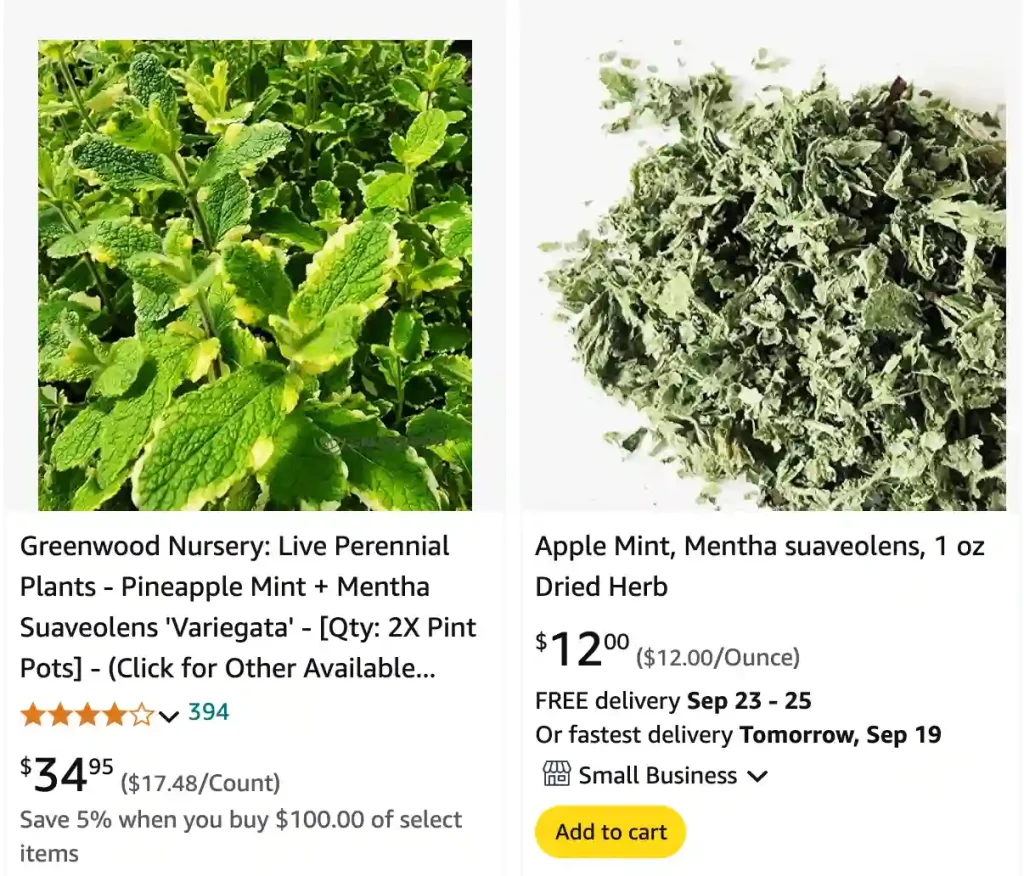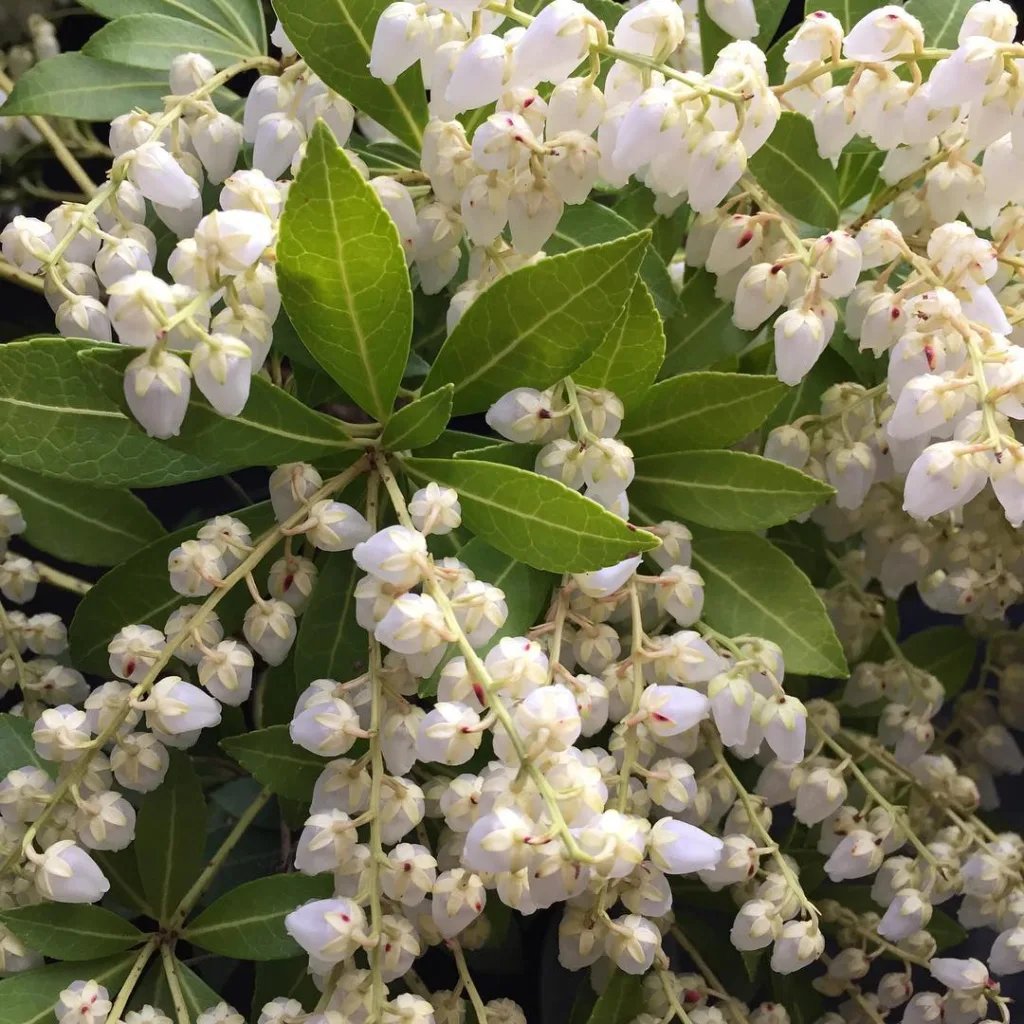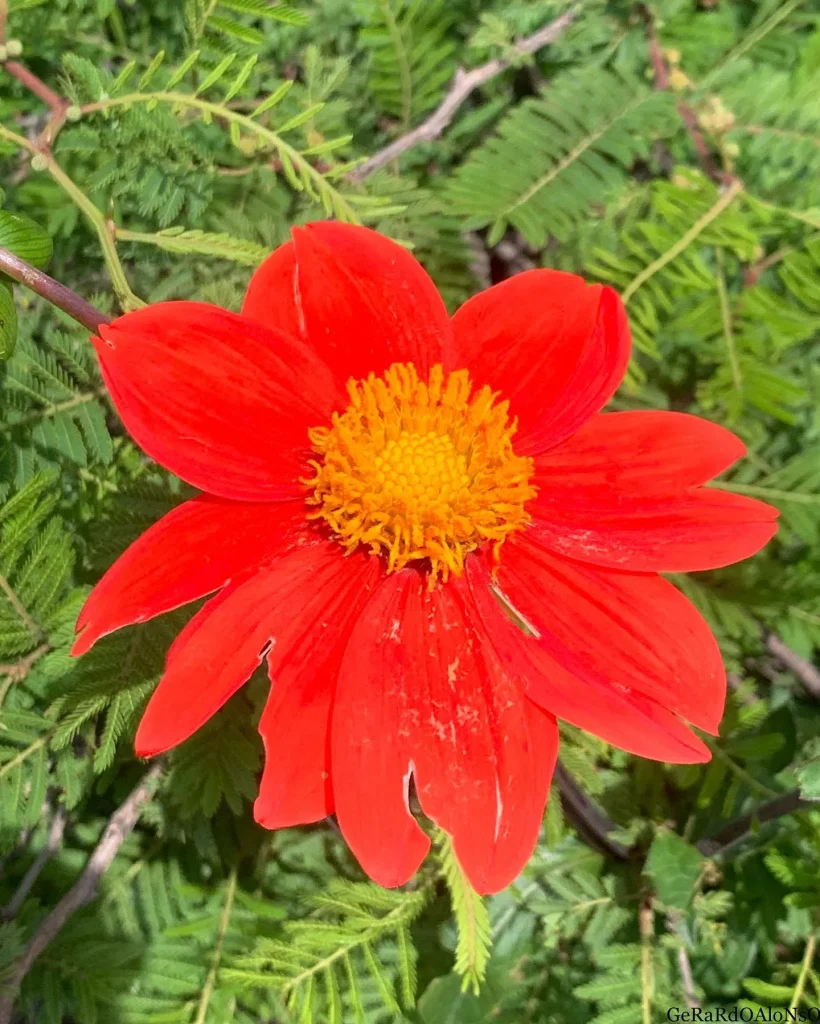
FAQs About Mentha Suaveolens: A Comprehensive Guide
Mentha Suaveolens, commonly known as Apple Mint, is a versatile and aromatic herb that’s perfect for adding flavor to dishes, creating refreshing teas, and enhancing your garden. Having cultivated and enjoyed this plant myself, I’m excited to share answers to frequently asked questions about Mentha Suaveolens.
39 Species in Genus Mentha – Mint Plant
What is Mentha Suaveolens?
Mentha Suaveolens, or Apple Mint, is a perennial herb known for its round, fluffy leaves and pleasant apple-like fragrance. This mint variety is native to Europe and Asia but has become popular worldwide for its culinary and ornamental uses. Its leaves are a lighter green compared to other mint varieties and have a soft, fuzzy texture.
How to Care for Mentha Suaveolens?
Caring for Apple Mint is relatively simple, making it an excellent choice for both novice and experienced gardeners. Here’s what you need to know:
- Sunlight: Mentha Suaveolens thrives in full sun to partial shade. While it prefers at least 4-6 hours of direct sunlight daily, it can also tolerate some shade.
- Soil: This mint variety favors well-drained soil rich in organic matter. It does best in slightly acidic to neutral soil, with a pH range of 6.0 to 7.0.
- Watering: Regular watering is essential for Apple Mint. Keep the soil consistently moist but not waterlogged. Water the plant whenever the top inch of soil feels dry.
- Temperature: Apple Mint is quite hardy and can tolerate a range of temperatures. However, it does best in temperatures between 60-75°F (15-24°C). It can survive mild winters but may need protection in extremely cold climates.
- Pruning: To keep the plant healthy and encourage bushier growth, trim back the stems regularly. Removing spent flowers and any leggy growth will help maintain a compact shape and promote new shoots.
How to Propagate Mentha Suaveolens?
Propagating Apple Mint is straightforward and can be done through several methods:
- Cuttings: The most common method is taking cuttings. Select healthy stems and cut them just below a node. Remove the lower leaves and place the cuttings in a glass of water. Once roots develop (usually within a few weeks), transplant them into pots or garden beds.
- Divisions: You can also propagate by dividing established plants. In early spring or fall, dig up the plant, separate the root clumps, and replant them in new locations.
- Seed: Although less common, you can start Apple Mint from seeds. Sow the seeds indoors 6-8 weeks before the last frost date. Keep the soil moist and provide plenty of light. Transplant seedlings outdoors after the danger of frost has passed.
What to Plant With Mentha Suaveolens?
Mentha Suaveolens pairs well with various plants in both culinary and ornamental gardens:
- Vegetables: It complements vegetables like tomatoes and peppers, enhancing their flavor while repelling pests.
- Herbs: Apple Mint works well with other herbs such as basil and oregano. Its strong fragrance can help deter pests from these companion plants.
- Flowers: In the garden, Apple Mint can be planted alongside flowers like marigolds and nasturtiums, which not only look beautiful but also help deter pests.
Is Mentha Suaveolens Toxic?
Mentha Suaveolens is non-toxic to humans and pets. It is safe to use in cooking and herbal remedies. However, as with any herb, it’s best to use it in moderation, especially in culinary applications, to avoid overpowering flavors.
Benefits of Mentha Suaveolens
- Culinary Uses: Apple Mint’s mild, sweet flavor makes it perfect for salads, teas, and desserts. Its leaves can be used fresh or dried.
- Medicinal Properties: This mint variety has soothing properties and is often used in herbal medicine to aid digestion and relieve nausea.
- Aromatic Qualities: The pleasant apple scent of Mentha Suaveolens adds a refreshing touch to gardens and indoor spaces.
Common Problems
- Pest Issues: Apple Mint can attract pests like aphids and spider mites. Regular inspection and use of natural predators or insecticidal soap can help manage these pests.
- Diseases: It’s prone to fungal diseases like powdery mildew if not given enough airflow. Ensure proper spacing between plants and avoid overhead watering to prevent this issue.
- Overgrowth: Mint is notorious for its vigorous growth. To control it, plant it in containers or use barriers to keep it from overtaking other plants.
Compare with Other Mints
Mentha Piperita (Peppermint) vs. Mentha Suaveolens: While Peppermint has a more intense, spicy flavor, Apple Mint offers a milder, sweeter taste. Apple Mint’s leaves are also fuzzier compared to the smoother leaves of Peppermint.
Mentha Arvensis (Field Mint) vs. Mentha Suaveolens: Field Mint is more robust and has a stronger menthol flavor, whereas Apple Mint is less intense and has a fruity undertone.
In conclusion, Mentha Suaveolens is a delightful herb that adds both beauty and utility to any garden. Its ease of care and numerous benefits make it a worthy addition to your herb collection. Whether you’re using it in the kitchen, as a medicinal herb, or simply for its aroma, Apple Mint is sure to enhance your gardening experience.
If i die, water my plants!



